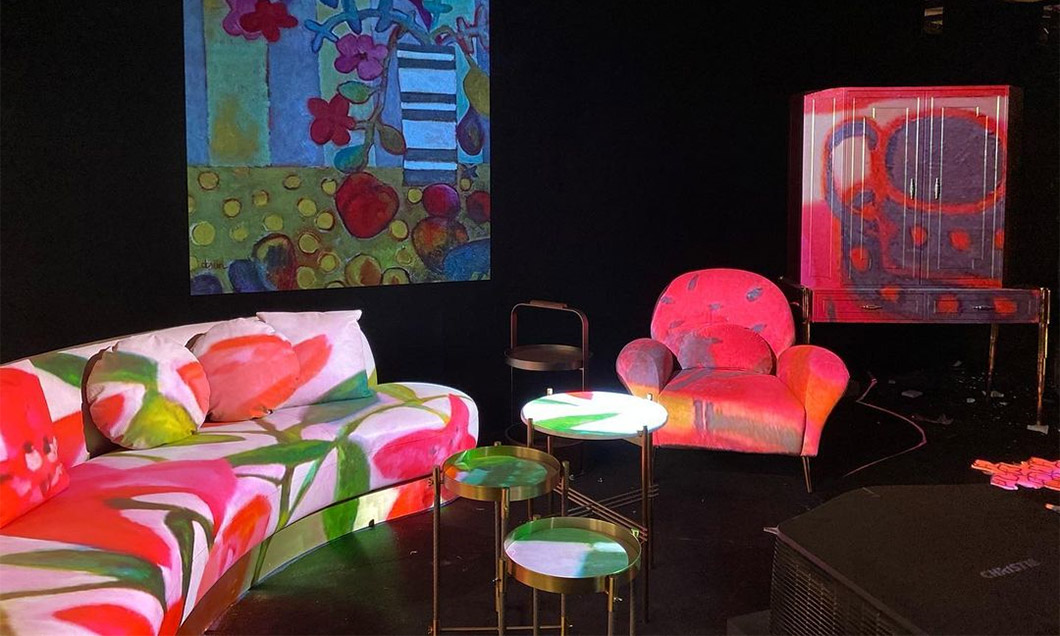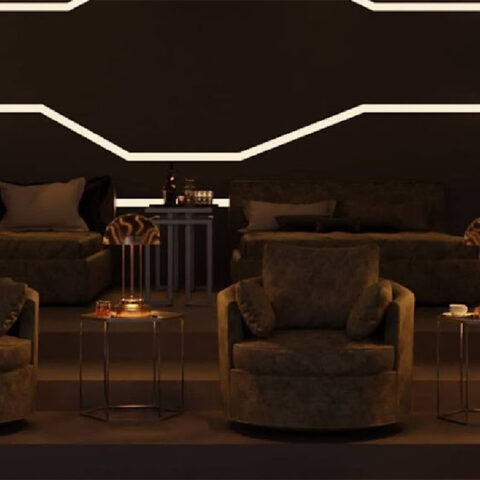
Using Multimedia Design to Enhance Everyday Environments
The art of communicating with intention has evolved in the digital age, where technology is abundant, and attention spans are fleeting. Multimedia design in everyday context has emerged as a powerful tool that captivates audiences, engages their senses, increases productivity, and delivers impactful messages through a harmonious blend of various media elements. At its core, it includes lighting design, projection mapping, and audio engineering, which is tech-driven and creates compelling and immersive experiences.
If employed strategically, multimedia design can go beyond aesthetics to optimise the user experience and achieve specific objectives. For instance, interactive displays in hospital lobbies, waiting areas and corridors can help ease the anxious thoughts of patients and their well-wishers. These technologies can include motion-sensory features that incentivise movement, help build a sense of community, and offer a positive distraction as an antithesis to the sterile and clinical environment typically associated with hospitals.
As for the efficient working of office spaces, immersive environments combining efficient acoustic room design and digital and visual elements can go a long way. Interactive lighting installations in shared spaces can facilitate healthy interaction among employees. Break rooms and elevators allow rest and reflection using tranquil, animated visuals.Digital art becomes one of the many components alongside furniture, floor layouts, and other interior design elements that make an office a holistic experience.
Entryways and lobbies of social venues such as restaurants, cafes and nightclubs require an entrance that leaves a lasting impression. Interactive digital screens and light projection scan be a great way to deliver high-impact moments. For example, motion-activated digital walls along pathways can trail a path across the display that matches the movement of the visitors. Further, light projection features add to the sense of discovery leading to the destination. This not only engages the guests but also enhances the overall ambience through the use of multimedia technology. Additionally, appropriate acoustic room designs can account for sectional privacy while keeping the customers involved and enhancing their sensory experience with features of interactive art and projection visuals.
The role of multimedia design transcends technical proficiency; it requires a deep understanding of human psychology, visual storytelling, and effective communication principles. It leverages the full potential of technology to bring creative visions to life. The results can transform how people engage with their surrounding contexts by exploring the fusion of creativity and technology within multimedia design as consulted with visual artists, bridging the gap between technology, human interaction and their everyday contexts.
